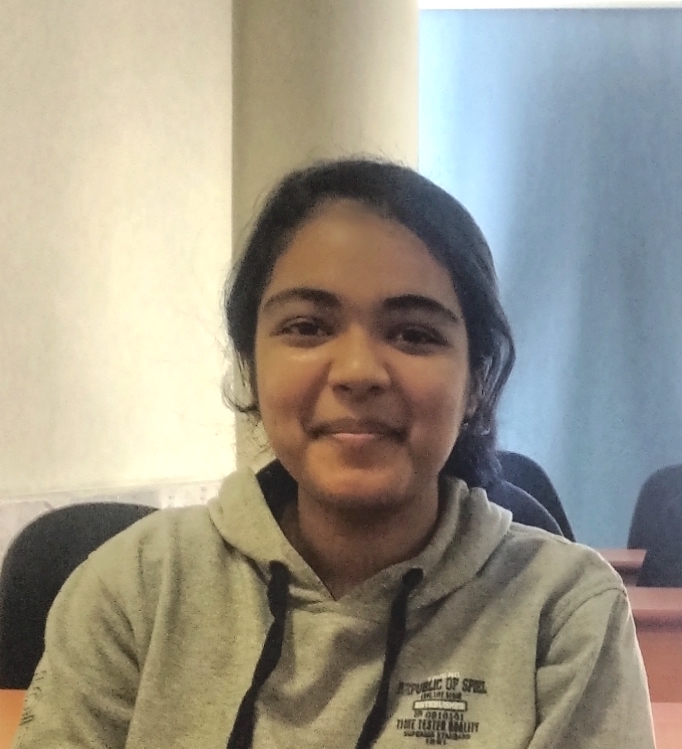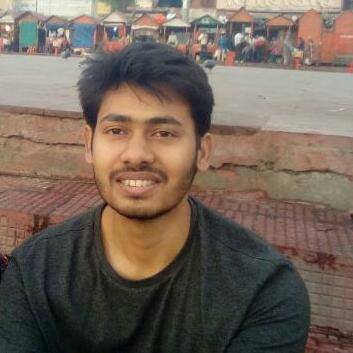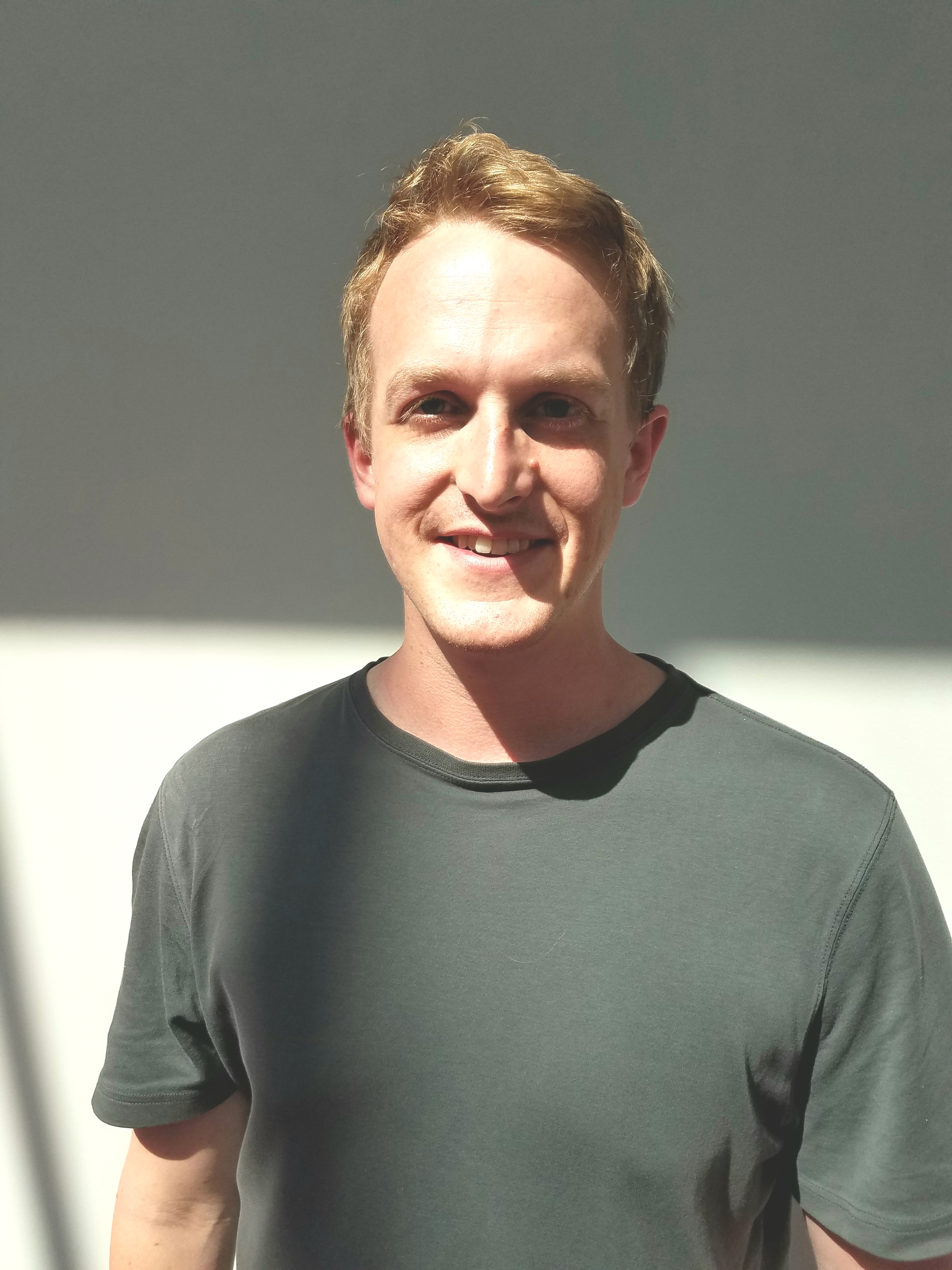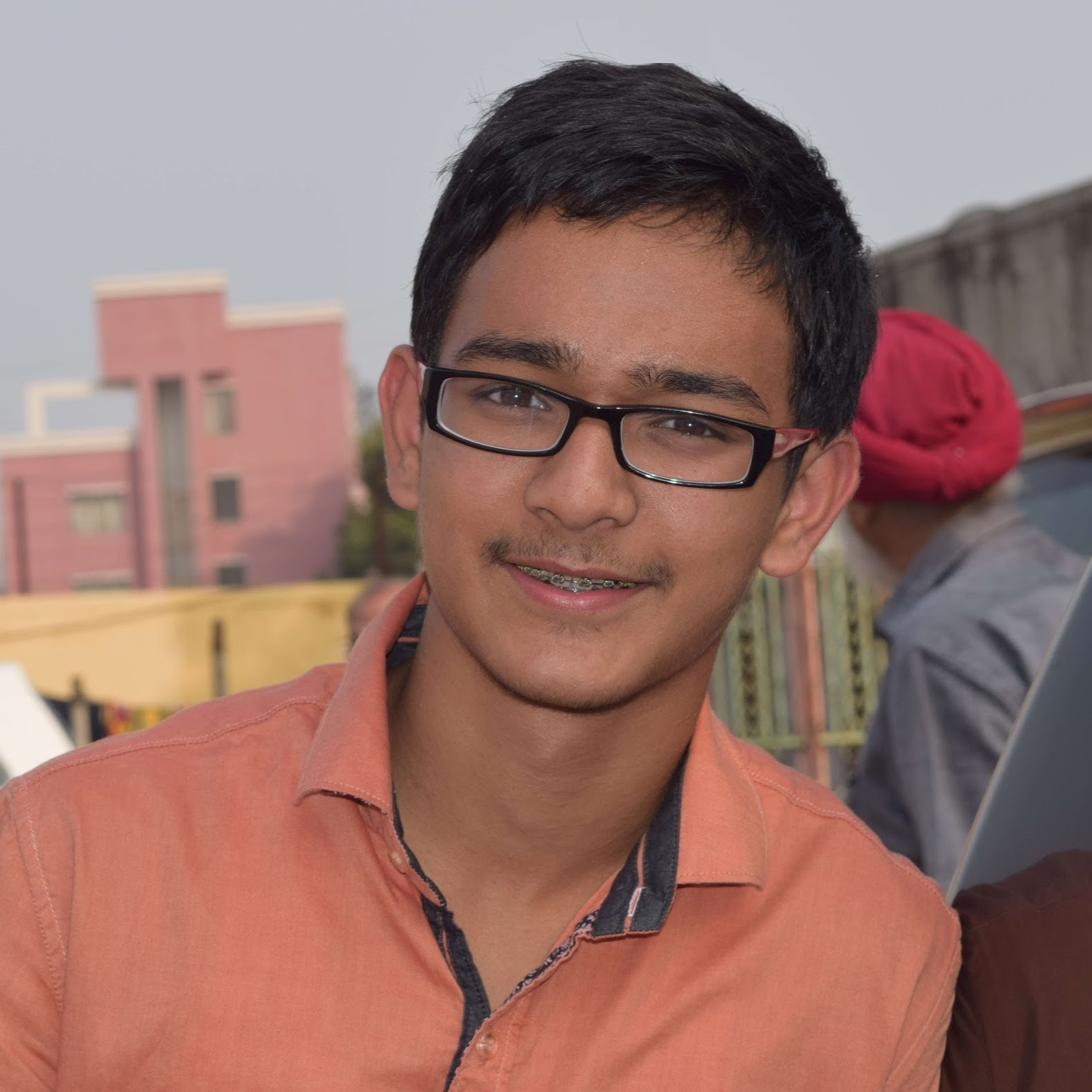




This is the third post in our blog series about the NumFOCUS project Google Summer of Code students. (Part 1, Part 2, Part 4)
Meet our GSoC Students
For Google Summer of Code 2017, NumFOCUS is proud to mentor students working on the following projects:
- Matplotlib
- PyMC3
- FEniCS
- MDAnalysis
- Data Retriever
- Gensim
You can follow along with their progress on their student blogs, found here.
We also want to acknowledge our co-organizers for the NumFOCUS Google Summer of Code 2017, Max Linke and Mridul Seth. Max and Mridul have worked very hard to ensure the success of the projects and students listed below who applied to GSoC under the NumFOCUS umbrella. Thank you both so much for your efforts!
(Other NumFOCUS sponsored projects who participated in Google Summer of Code did so independently or under the umbrella of another organization, such as OpenAstronomy. We have highlighted those students in the other blog posts in this series.)

Kaitlyn Chait is a senior at The City University of New York at The City College of New York; her hometown is Bellerose, NY. This is her first time participating in GSoC.
What motivated you to apply for GSoC with Matplotlib?
Prior to applying for GSoC, I was working on another project, in which lead me to a dead end; then I was proposed to take my project to GSoC. My colleague encouraged me to apply for GSoC because she felt as if I would receive good mentorship. Hopefully by the conclusion of the program I will be able to acquire new knowledge on developing and networking skills towards the Open Source Community.
What are your career goals, and how do you see the GSoC program moving you towards them?
In my future career I hope that I can contribute to something that is bigger than myself; which is offered by the Open – Source Community due to its continuous exchange of ideas and growth internationally. I, as a coder, feel it is a responsibility to continue challenging myself throughout my career. Otherwise will progress ever be made?
Being a participant in GSoC is a great start towards taking on a challenge and managing a project that I’ve never seen before. I am very excited for the mentorship I will be receiving; hopefully their knowledge and guidance will assist me in not only my findings but throughout my career as a coder!
Read about Kaitlin’s project, Matplotlib Serialization & PythreeJS.

Harshit Patni is a junior at International Institute of Information Technology, Hyderabad; his hometown is Indore, India. This is his first time participating in GSoC.
What motivated you to apply for GSoC with Matplotlib?
2d Color Maps are very helpful in multidimensional data visualization in Neuroimaging, Astronomy etc. Many people have requested for this feature. So the practical applicability in various fields excited me to take up this project.
What are your career goals, and how do you see the GSoC program moving you towards them?
My goal right now is to explore the field of computer science and see where my interest lies. Ultimately after completing my undergraduate, I would like to find a position at a company where I can grow and take on new challenges over time. This project does not directly fit into any career goals, I took it up because I found it interesting and challenging.
Read about Harshit’s project, 2d Color Maps.

Parul Sethi is a 3rd year student at University of Delhi, India; her hometown is New Delhi, India. This is her first time participating in GSoC.
What motivated you to apply for GSoC with Gensim?
While working on a visualization task under my previous contributions to gensim, I came across many example visualizations in the field of NLP, which revealed some of the important underlying structure and relations in data points. It made me realize the potential and importance of Data visualization and how it can help us understand our data.
What are your career goals, and how do you see the GSoC program moving you towards them?
Being a Data science aspirant, this Visualization based GSoC project is a very good opportunity for me to work on this crucial aspect of Data science and enhance my skills in the art of visualization.
Read about Parul’s project, Training and Topic Visualizations.

Chinmaya Pancholi is a 4th year student at Indian Institute of Technology, Kharagpur; his hometown is Jaipur, Rajasthan, India. This is his first time participating in GSoC.
What motivated you to apply for GSoC with Gensim?
The main reason behind my desire to contribute to this project was my previous experience, research as well as development, with Machine Learning and Natural Language Processing. The project aims to integrate Gensim with scikit-learn and Keras, which are extremely popular machine learning libraries used for supervised learning tasks. Hence, the project would enable harmonious use of Gensim with the two libraries and would be of great use in industry as well as in academia.
What are your career goals, and how do you see the GSoC program moving you towards them?
In the long term, I want to be associated with the domain of Machine Learning as I believe that it is a dynamically changing field which has the potential to solve a lot of our real-world problems. Hence, this project is quite relevant for me in that regard. Moreover, by interacting with my mentors during the GSoC period, I hope to learn a lot of finer things like writing code while working in a team, collaborating & ideating with others to improve our solutions and good coding & testing practices. All of these would be really helpful to me in the future.
Read about Chinmaya’s project, Gensim integration with scikit-learn and Keras.

Prakhar Pratyush is a 4th year student at Indian Institute of Technology Roorkee; his hometown is Patna, Bihar, India. This is his first time participating in GSoC.
What motivated you to apply for GSoC with Gensim?
I am very enthusiastic about AI and machine learning, and I often look up to open source projects to contribute and learn more about the subject. I first came to know about Gensim through a tutorial on Kaggle, and later while surfing through the past year gsoc organization list. This project is also based on a simple Neural Network word embeddings and classification- word2vec by Google and recent advancement in fastText by facebook. It has been a great learning experience so far, and I look forward to a fruitful summer ahead. 🙂
What are your career goals, and how do you see the GSoC program moving you towards them?
I am an aspiring researcher and entrepreneur, and I am very excited about the applications of AI and machine learning in real life. This project provides me with a great exposure to the real life problem solving using this technology, and I am looking forward to make significant contributions to this field. Also, GSoC provides a unique opportunity to interact with a great developer community from all around the world.
Read about Prakhar’s project, Performance Improvement in gensim and fastText.

Maxim Kochurov is a 3rd year student at Moscow State University; his hometown is Moscow, Russia. This is his first time participating in GSoC.
What motivated you to apply for GSoC with PyMC3?
I’m interested in Bayesian statistics and especially variational methods in deep learning. I have intuition that in nearest future it will be in a high demand. Today no package provides state of the art VI methods out of the box, I decided that they will fit PyMC3 best.
What are your career goals, and how do you see the GSoC program moving you towards them?
I want to learn variational inference better. As I mentioned above I understand the importance of learning all that. I want not only be able to press inference button but be able to understand why it works or not. Such skills and knowledge will be in demand for sure.
Read about Maxim’s project, Extend Variational Inference Methods in PyMC3.

Bill Engels is a 1st year masters student at Portland State University; his hometown is Portland, OR. This is his first time participating in GSoC.
What motivated you to apply for GSoC with PyMC3?
GSoC offers the opportunity to have support while learning about and making meaningful contributions to a great open source software project. PyMC3 really speeds up the Bayesian modeling process. Having kept an eye on the project for some time, it was apparent that PyMC3 has a particularly friendly, tight, and knowledgeable community of developers and users. It looked like fun!
What are your career goals, and how do you see the GSoC program moving you towards them?
One of the things I like about statistics and data analysis is the ability to shift gears and work with different types of projects. Real software development experience is one of those things that helps you with everything else.
Read about Bill’s project, Single Precision Support and Gaussian Process Functionality.

Michal Habera is a 2nd year masters student at Charles University, Prague, Czech Republic; his hometown is Kosice, Slovak Republic. This is his first time participating in GSoC.
What motivated you to apply for GSoC with FEniCS?
My previous experience with FEniCS and lack of unified XDMF IO strategy in FEniCS. I also view GSoC as an excellent opportunity to become part of an open-source community, get know core developers and contribute with my `small` summer effort.
What are your career goals, and how do you see the GSoC program moving you towards them?
I am applying for a PhD position in mathematical modelling. Numerical simulation are cornerstone for good PhD thesis in mathematical modelling and FEniCS will be probably the tool for me to do simulations. I will greatly benefit from new XDMF check-pointing functionality if my project is finished successfully.
Read about Michal’s project, Develop XDMF format for visualisation and checkpointing.

Ivan Yashchuk is a 1st year masters student at Aalto University, Finland; his hometown is Lyantor, Russia. This is his first time participating in GSoC.
What motivated you to apply for GSoC with FEniCS?
What motivated you to want to do GSoC with this project? (3-4 sentences): I am very interested in the field of computational mechanics. FEniCS is one of the most advanced Finite Element Method (FEM) open source software and I wish to improve it by adding additional support for quadrilateral and hexahedral mesh. I think that results of scientific work should be open and reproducible and developing of open source software such as FEniCS is one of the essential parts towards that.
What are your career goals, and how do you see the GSoC program moving you towards them?
I do not have a clear career path in my mind yet. Working on this project will let me further develop my knowledge and understanding of the essential parts of the FEM. Collaborating and sharing the ideas with the experts in the area of FEM and scietific computing will help me to determine my path for the future work.
Read about Ivan’s project, Develop quad/hex mesh support [FEniCS].

Shivam Negi is a 3rd year student at Manipal Institute of Technology, Manipal. This is his first time participating in GSoC.
What motivated you to apply for GSoC with Data Retriever?
Everyone knows GSoC is an opportunity of a lifetime. When I first visited the GSoC website, just reading the projects gave me goosebumps. I was left in awe, the work done by former GSoC students was inspiring. The blogs the students were making their sheer knowledge about their field really clicked, that moment I knew I had to try GSoC myself.
What are your career goals, and how do you see the GSoC program moving you towards them?
In Open source I trust! I wish to maintain a big open source project myself one-day. I feel GSoC will be the beginning of the becoming.
Read about Shivam’s project, Python and Julia Interface for Data Retriever.

Utkarsh Bansal is a 4th year student at Ajay Kumar Garg Engineering College; his hometown is Saharanpur, India. This is his first time participating in GSoC.
What motivated you to apply for GSoC with MDAnalysis?
I am interested in working with MDAnalysis because I like contributing to open source projects. It would be a great opportunity for me to learn from experienced open source developers.
Read about Utkarsh’s project, Port to pytest.
Continue reading Part 4, the final post in our series covering GSoC at NumFOCUS.
